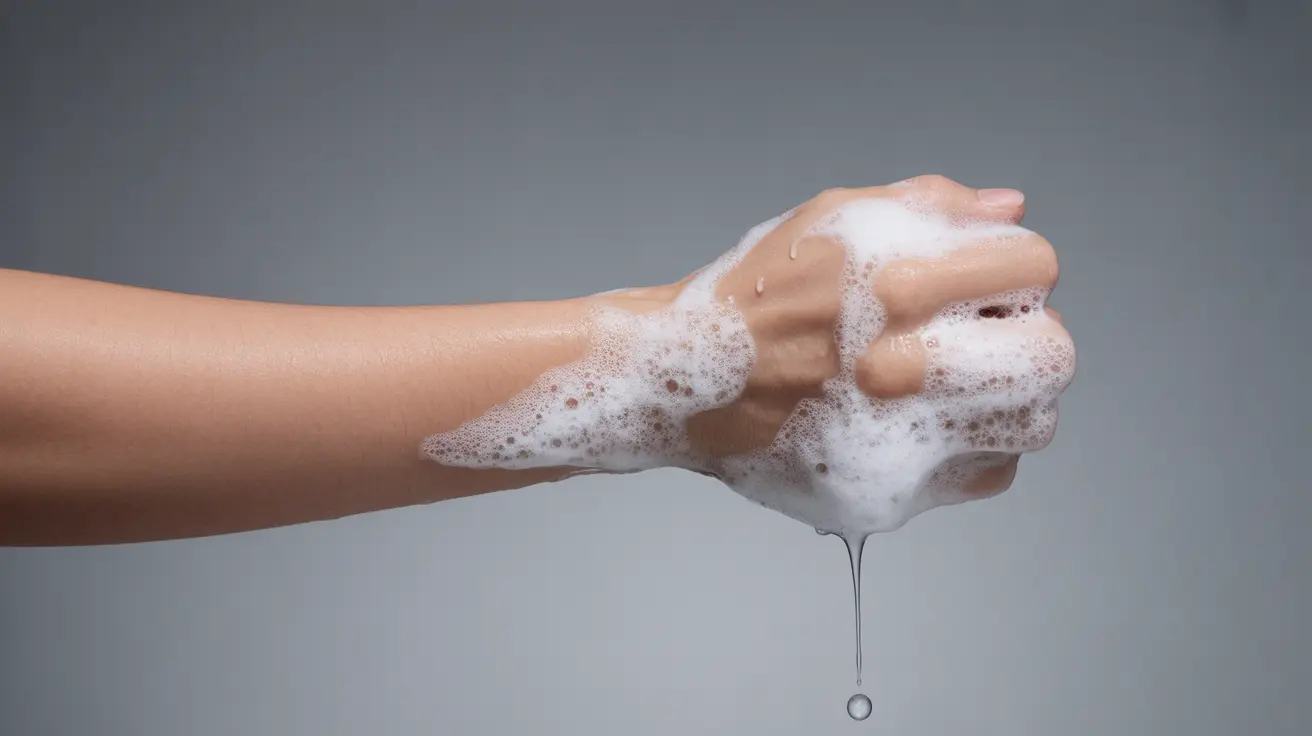Encountering poison ivy can turn an outdoor adventure into an uncomfortable ordeal. Understanding how to properly use soap for poison ivy exposure is crucial for preventing and managing the itchy, uncomfortable rash that can develop. This comprehensive guide will walk you through everything you need to know about using soap effectively against poison ivy.
Quick action with the right soap can make a significant difference in preventing or minimizing a poison ivy reaction. The key is knowing which products work best and how to use them correctly, along with understanding the proper timing and techniques for washing after exposure.
Understanding Why Soap is Essential for Poison Ivy
Soap plays a vital role in removing urushiol, the sticky oil from poison ivy that causes allergic reactions. This oil can remain active on skin, clothing, and equipment for extended periods, making thorough cleaning crucial. The right soap helps break down and remove this persistent oil before it can cause a reaction.
Best Types of Soap for Poison Ivy Exposure
Specialized Technical Washing Products
Several specialized products are specifically designed to tackle poison ivy oil:
- Tecnu Original Outdoor Skin Cleanser
- Zanfel Poison Ivy Wash
- IvyX Pre-Contact Solution
Common Household Soaps
When specialized products aren't available, certain household soaps can be effective:
- Dawn dish soap or similar grease-cutting detergents
- Dial antibacterial soap
- Fels-Naptha laundry soap
Proper Washing Technique and Timing
The effectiveness of soap against poison ivy largely depends on proper technique and timing. Use cool or lukewarm water, as hot water can open pores and potentially spread the oil. Wash the affected areas thoroughly but gently, creating a good lather and rinsing completely.
Critical Time Window
Time is of the essence when dealing with poison ivy exposure:
- Within 15 minutes: Best chance of preventing a rash
- Within 1-2 hours: Still potentially effective
- After 8 hours: May help remove residual oil but won't prevent rash development
Cleaning Contaminated Items
Poison ivy oil can persist on various surfaces and materials. Here's how to clean different items:
- Clothing: Wash separately in hot water with regular laundry detergent
- Shoes: Wipe down with rubbing alcohol or specialized cleanser
- Tools and equipment: Clean with soap and water or rubbing alcohol
- Pet fur: Bathe pets with pet shampoo while wearing protective gloves
Supporting Treatments and Remedies
While soap is crucial for initial treatment, several complementary remedies can help manage symptoms:
- Cool compresses
- Calamine lotion
- Colloidal oatmeal baths
- Over-the-counter hydrocortisone cream
- Oral antihistamines
Frequently Asked Questions
What is the best soap to use for washing poison ivy after exposure?
The most effective soaps for poison ivy exposure are specialized products like Tecnu and Zanfel. However, any grease-cutting soap like Dawn dish soap or Dial antibacterial soap can also be effective when used promptly after exposure.
How soon should I wash my skin with soap after touching poison ivy to prevent a rash?
For best results, wash the exposed area with soap within 15 minutes of contact. While washing within 1-2 hours can still be helpful, the effectiveness decreases significantly after 8 hours.
Can pine tar soap help relieve itching from poison ivy rash?
Yes, pine tar soap can help relieve itching from poison ivy rash due to its natural anti-inflammatory properties. However, it's more effective as a treatment for existing rash symptoms rather than preventing rash development after initial exposure.
Is it necessary to wash clothes and items exposed to poison ivy, and how should I do it?
Yes, it's crucial to wash all items exposed to poison ivy. Launder clothes separately in hot water with regular detergent. Clean tools and equipment with soap and water or rubbing alcohol. Handle contaminated items with gloves to prevent re-exposure.
What home remedies or treatments can I use alongside soap to soothe poison ivy symptoms?
Several home remedies can complement soap treatment: cool compresses, calamine lotion, colloidal oatmeal baths, baking soda paste, and cucumber slices. Over-the-counter hydrocortisone cream and oral antihistamines can also help manage symptoms.




